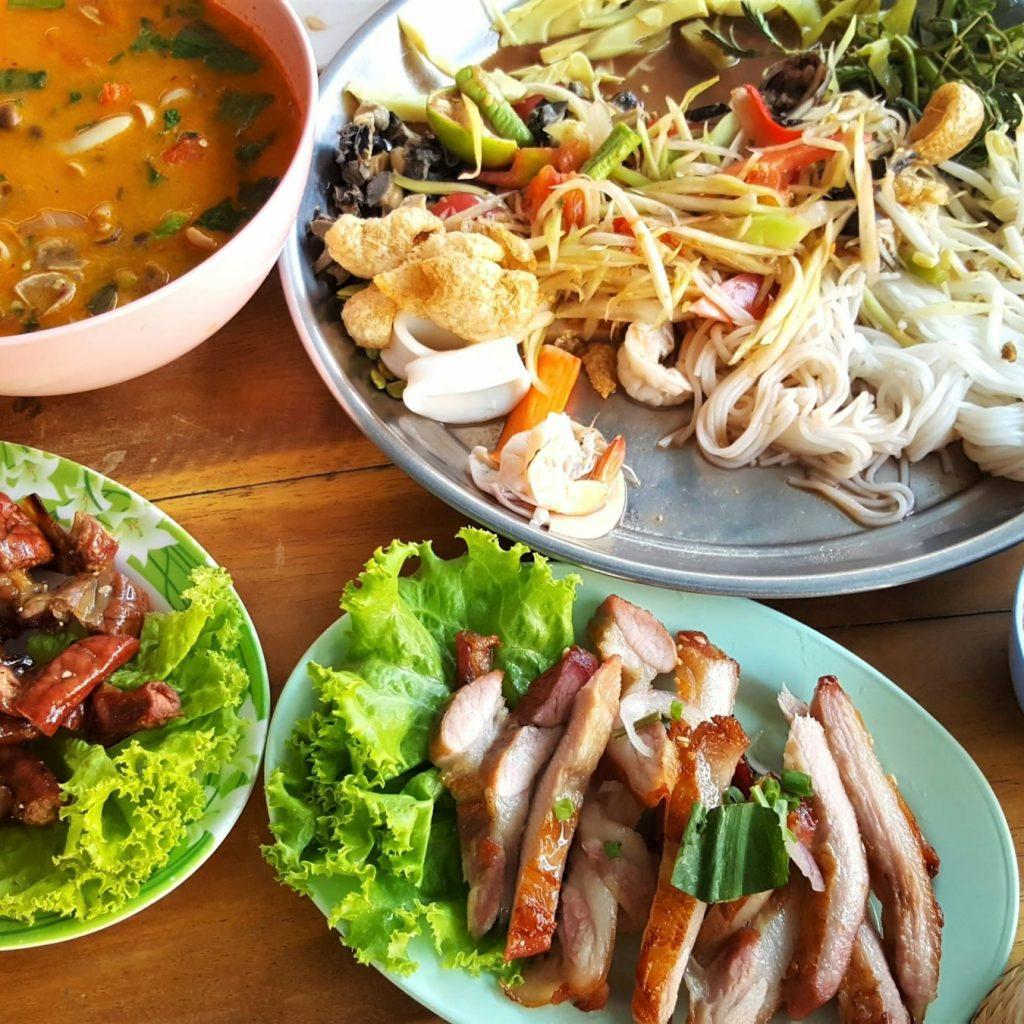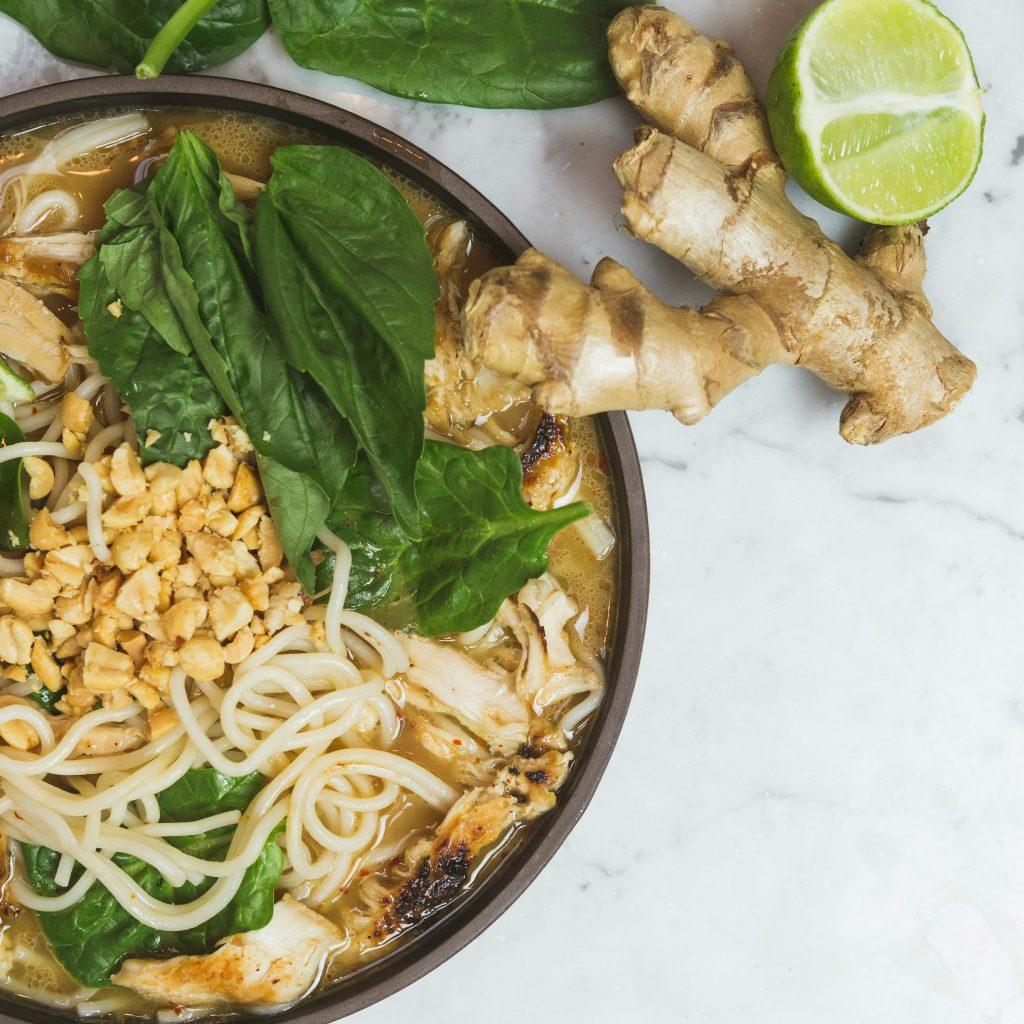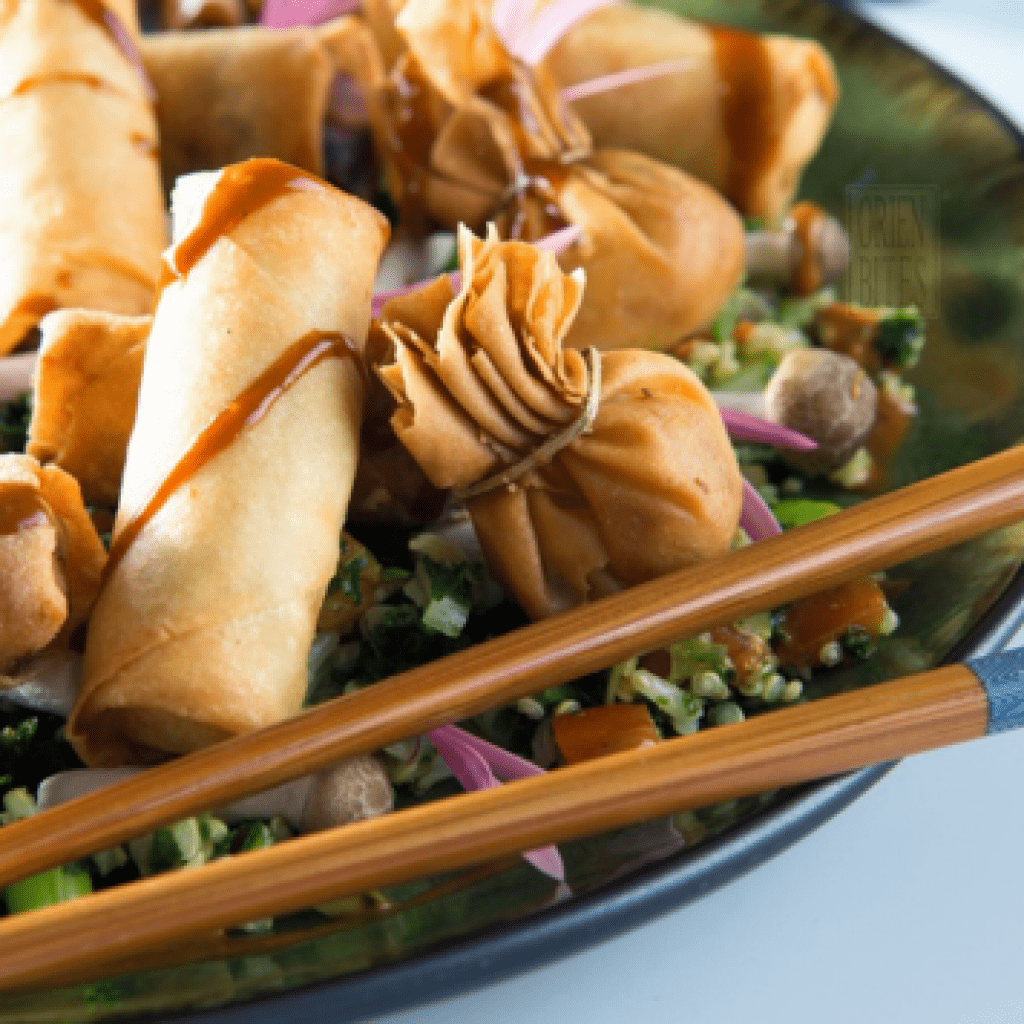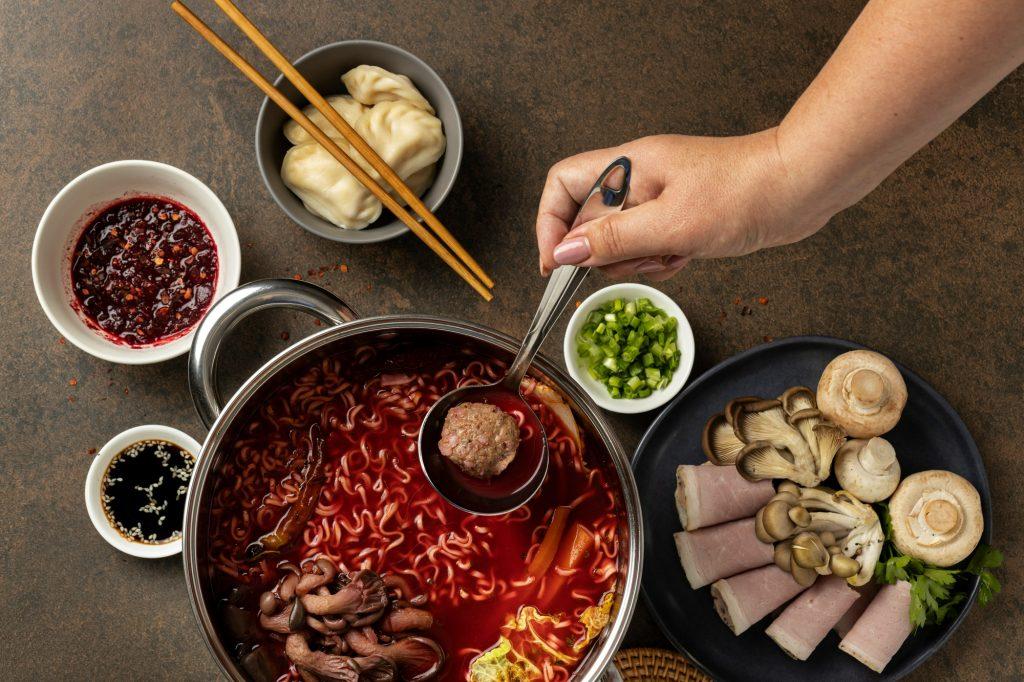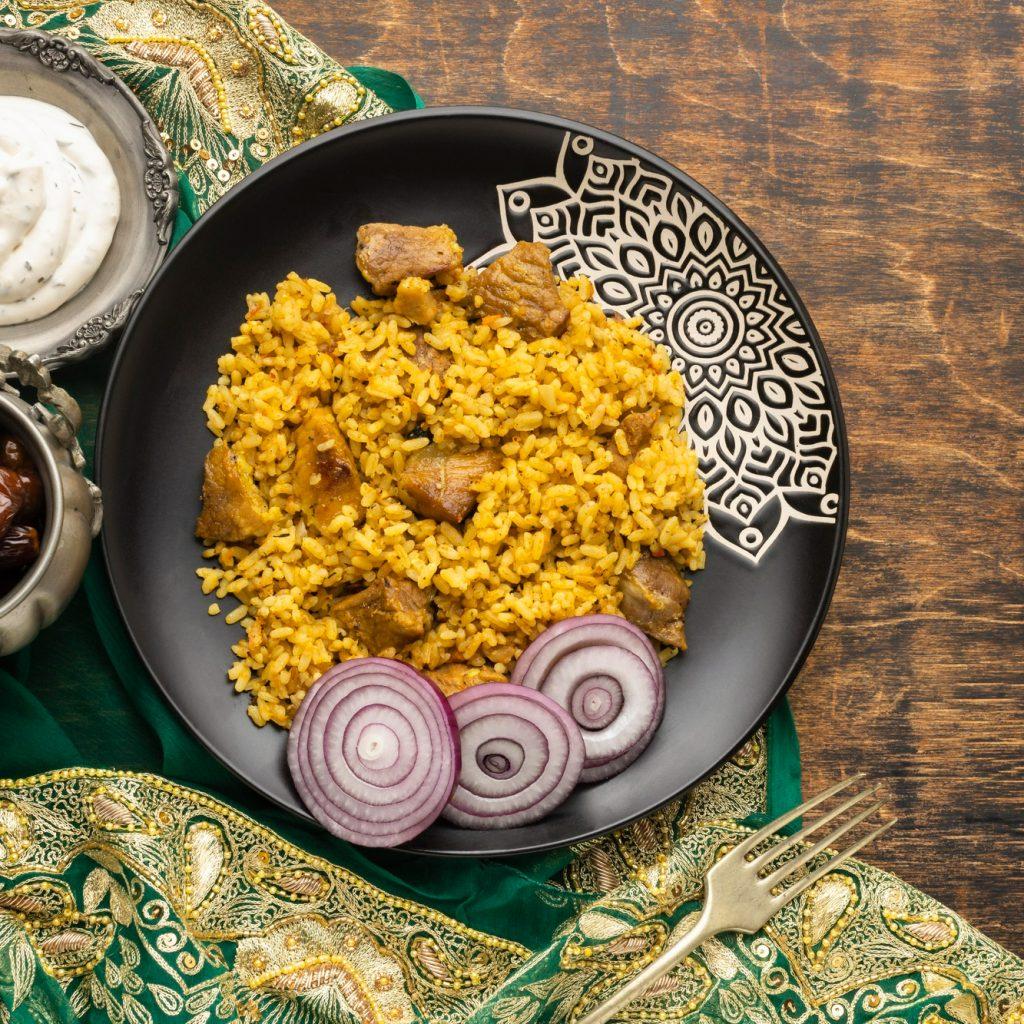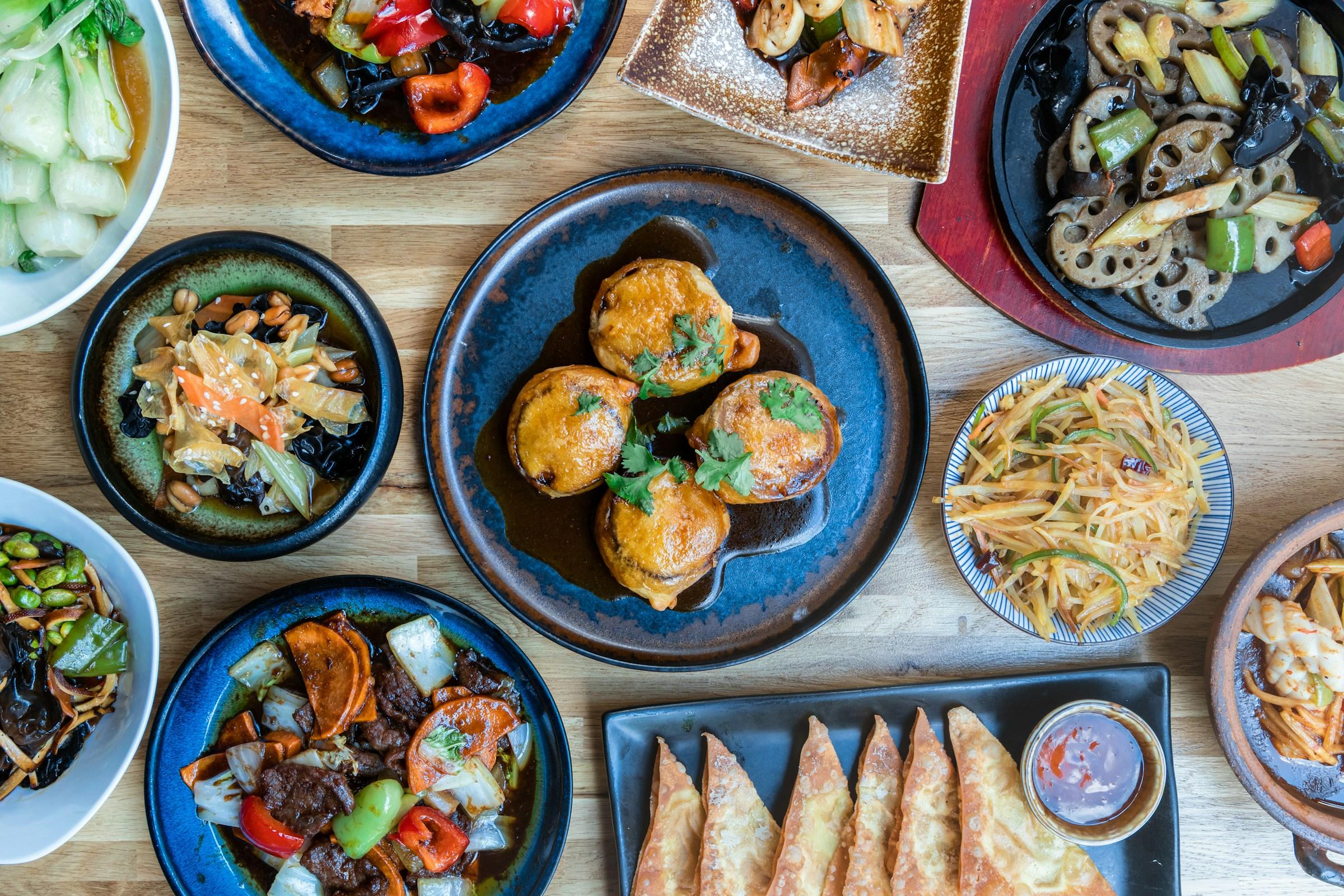
Thai cuisine has transcended physical borders to become one of the most popular Asian cuisines. Thai foods enjoy immense popularity due to their exotic taste and easy preparations, making them a great choice not just for home cooks but also for professional chefs. In this article, we will delve deeper into Thai culinary culture and why it serves as a great source of inspiration for modern chefs.
Essential Elements of Thai Cuisine
Thailand is blessed with a distinctive culinary culture that enables it to become an international sensation. The most prominent element of Thai cuisine is the focus on lightly prepared dishes with aromatics, giving them lovely aromas with a touch of freshness. When it comes to tastes, Thai dishes are predominantly spicy and hot, but sweet and sour tastes are also quite popular. As a result, Thai cuisine is a strong burst of flavours that will leave a lasting aftertaste.
For the uninitiated, Thai cuisine looks deceptively simple. However, as famous chefs can attest, the Thai cooking style is a delicate balancing game where chefs have to juggle disparate elements to create harmonious tastes. Just one single teaspoon of the extra sugar might ruin this delicate balance and the entire dish as a whole! Traditionally, Thai dishes are divided into four main categories: Tom (boiled dishes), Yam (spicy salads), Tam (pounded dishes), and Kaeng (curries). As Chinese traders and immigrants moved into the country, frying, deep-frying, and steaming became popular cooking methods
Common Ingredients in Thai Cuisine
Thai cuisine makes use of a wide variety of ingredients. A unique feature of Thai cuisine is the extensive use of fresh herbs and spices instead of dried ones. This gives the dishes a touch of freshness and pungency. Thai chefs would often use condiments and herbs such as garlic, galangal, coriander, lemongrass, shallots, kaffir lime leaves, shrimp paste, and fish sauce. Fish sauce and shrimp paste are famous for their strong taste and distinct aromas, which is why Thai foods might seem overwhelming to Western foodies.Thai dishes would typically include meats from diverse sources, including beef, pork, duck, chicken, and water buffalo. You would rarely find mutton and goat meat unless you visit Muslim Thai restaurants or areas with lots of Muslim Thais.
The country sits near numerous bodies of water, enriching it with plenty of seafood options. Giant river prawns, tiger prawns, and blood cockles are some of the more exotic seafood choices within the country’s culinary culture. To preserve the freshness of the seafood, Thai people would sometimes eat seafood raw, much like the Japanese do. Rice is reverent in the country. In fact, the love for rice is so widespread that Thai people would often say “kin khao rue yang”, which means “Have you eaten yet?”, as a general greeting. Other important sources of starch include noodles and sticky rice. Rice is often served as an accompaniment to a main dish in Thailand.
Iconic Thai Dishes
Thai cuisine has gone international for a while, so many iconic Thai dishes are now making rounds across the globe. This opportunity has created different iconic Thai dishes that are now enjoyed by millions of people worldwide, albeit in different forms.
Pad Thai
A global icon of Thai cuisine, pad Thai is a popular dish that has taken to world by storm. Composing of flat rice noodles, shrimp, peanuts, scrambled eggs, and bean sprouts, a plate of pad Thai offers a rich and delightful feast that satisfies the mouth as well as the stomach. The ingredients are prepared individually and then stir-fried together to mix the flavours. In some areas, the chefs may replace the shrimp with other kinds of meat such as chicken or crab.
Thai Spring Rolls
Also known as popiah, Thai spring rolls are a delicious snack eaten everywhere in the country. Similar to the Chinese version of the dish, Thai spring rolls are wrapped in a crispy pastry skin that melts in your mouth. The fillings often contain a mix of spring vegetables, eggs, pork, and Thai spices. Thai spring rolls would often include coriander roots for a more pungent flavour. If you wish to try out this amazing delicacy, our delicious OrienBites Thai Spring Rolls offer similar exotic tastes with the same crunchy texture.
Thai Green Curry
Thai curry takes after Indian curry in many different aspects, but Thai green curry offers a radically different taste that Indian curry does not offer. Featuring coconut cream as a main ingredient, this curry offers a creamier texture compared to Indian curries. It is also noticeably more pungent than traditional curries due to the inclusion of Thai basil leaves and kaffir lime leaves.
Khao Phat
A ubiquitous delicacy that is familiar to every Thai person, Khao Phat is the Thai version of fried rice, offering a familiar but unique taste. Unlike Chinese fried rice, Khao Phat uses traditional jasmine rice, giving it a unique texture as well as aromas. As fried rice, Khao Phat would include different proteins such as beef, pork, fish, and much more. In some variants, the rice would be served inside a cut-out pineapple for better visuals.
Experiencing the Oriental with OrienBites
OrienBites features a wide range of exotic Oriental foods, and we are proud to help you navigate through the vast seas of Thai Cuisine. Our selection of Thai foods carries the same authentic taste and aromas of Thai foods, making sure that you can enjoy these delicacies to your fullest from the comfort of your home. Discover our full range here.
Conclusion
Thai Cuisine combines different ingredients and aromatics to create a delicate balance where contrasting flavours complement one another, greatly enhancing the overall taste of the dish. Thai dishes are simple to make, but mastering the use of herbs and condiments in this cuisine would require a lot of practice and patience.


